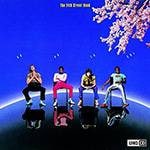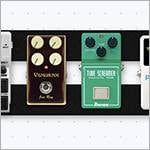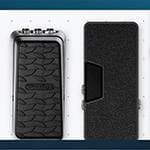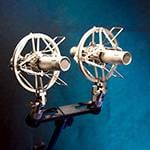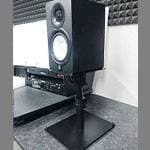In Part 1, I discussed the synchronized tremolo unit. In this Part 2, I will talk about the body and pickups.

【Body】
The body of the 1954 Stratocaster (hereafter known as [Strat]) was made from the same high-quality ash used for the Telecaster. Ash wood continued to be used until the mid-1956 models, but compared to alder, it was not easy to work with. The procurement cost was high, and finishing the paint required more effort. Depending on the piece, it could even be heavier than alder. At first glance, it might seem like there are no advantages...
However, in the 1950s, ash wood had not yet been consumed in large quantities, so the wood could be carefully selected, making it relatively light. By the 1970s, a different type of ash was being used compared to the 1950s, and some models even exceeded 4 kilograms.
Ash, compared to alder, has a clearly defined tonal contour. It is ideal for playing crunchy riffs, and when reverb is applied, it produces mellow tones, crystal-clear arpeggios, and delicate phrases played with the right hand. Its high responsiveness to picking touch makes the tonal difference between a skilled player and an amateur more noticeable.
Within Fender, ash was considered more suitable for the Strat in terms of grain aesthetics and tonal quality.
About ten years ago, I owned a Custom Shop NOS slab-fingerboard Strat. The body was, of course, alder. It was a guitar that distorted beautifully, but it never quite fit my body. Therefore, I gave up that NOS slab-fingerboard Strat to acquire a Custom Shop 1954 model produced in the early 1990s. It was unfortunate, but the main reason I let it go was because the neck was made from flat-sawn wood.
I also once tried a Custom Shop large-head Strat with a veneered maple fingerboard. “The tone was good, but again, the neck was flat-sawn,” and looking at the neck from the back, it did not seem like a truly high-end guitar.
Furthermore, I eventually gave up on the aforementioned Custom Shop 1954 model and got a 2002 Custom Shop 1954 model with relic treatment, which I still have today.
Leo Fender generally chose wood that was easy to procure. He did not use exotic tiger-striped maple; instead, he selected ordinary, stable, and cost-effective wood. He wanted as many players as possible to use mass-produced Strats. To improve the guitars, he would sometimes invite guitarists to his lab to provide feedback. It is said that occasionally he would boast by telling people, “I’ll lend you this guitar, but I won’t tell you when to return it.”
In modern times, if in-house craftsmen wanted to create a custom guitar or a one-off masterpiece using premium woods, there would be no reason they couldn’t. Such guitars are typically limited to the NAMM Show in the U.S. or special custom orders. In the 1950s and 1960s, Fender only required wood that could be normally harvested. This was back when wood scarcity was not yet a concern. Incidentally, flame maple or birdseye maple is rare and traded at high prices today, but in the past, such wood was considered diseased and often discarded.
【Pickups】
The heart of the guitar is the pickup. This is the part that defines the electric guitar. The Stratocaster body is equipped with three pickups. Alnico (an alloy of aluminum, nickel, and cobalt) types “2” and “5” are mainly used in Strats, but only the 1954 model uses Alnico 3. Alnico 3 is the weakest magnet among the pickups used in Strats from 1954 to 1982. Additionally, Alnico 3 was primarily used for the rear pickup of Telecasters from early 1951 to early 1955. Therefore…
Assuming the 1954 Stratocaster is an upgraded version of the Telecaster,
aside from the tremolo unit, the early 1954 Strat and the Telecaster share almost identical specifications with the ash body, one-piece maple neck, and a rear pickup with Alnico 3.
However, mounting an Alnico 3 pickup on an inexpensive guitar will not make it sound like a 1954 Strat. To use an analogy: if a famous singer represents the Strat body, the microphone is the pickup. Even if the mic is cheap, a professional singer’s voice is still excellent. But if the singer is an amateur, no matter how high-quality the mic is, it won’t produce the same beautiful sound as a professional.
Thus, if the wood is not good, swapping pickups will not yield satisfactory results. For example, mounting old PAF pickups on domestic Les Paul-type guitars did not produce any notable sound, but conversely, installing domestic pickups on a Gibson Les Paul-type guitar increased power dramatically.
Why three pickups? Leo decided simply that if two pickups are standard, let’s make three. Interestingly, Gibson’s ES-5 that was released in 1949, had three pickups and three volume controls, which differed from Leo’s wiring scheme. Incidentally, Leo and his team seriously experimented with guitars having four pickups, but it never succeeded.
【Regarding the Body – Other Notes】
Why is the rear pickup angled? The reason is that when picking near the bridge, bright tones are desired, but this reduces low-end frequencies. The pickup was designed at a slight angle to retain a bit of toughness and power. Beyond improving the sound, the design is sharp and well-balanced.
Finally, the Strat shape itself: it is unmistakably based on the horn of the Precision Bass. By extending upward while maintaining balance, the left and right heights were subtly adjusted, resulting in a beautiful shape.
Additionally, the line on the right side is not just for aesthetics; it also improves playability in the high frets.
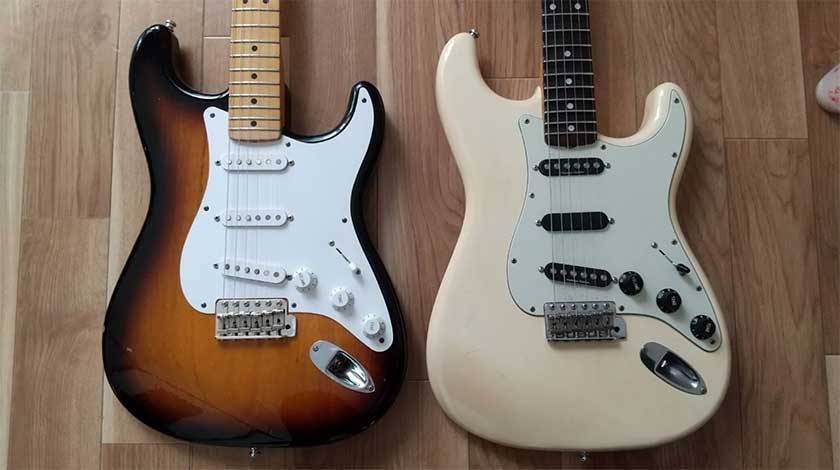
(Body images: Custom Shop Relic 1954 model; Fender Japan 1980s Ritchie Blackmore model. The Japan model has slightly different proportions at the left and right corners.)

(Full body shot. The size of the left corner is clearly different.)
Next time, in Part 3, I will discuss other features of the 1954 Stratocaster.
The “sound & person” column is made up of contributions from you.
For details about contributing, click here.






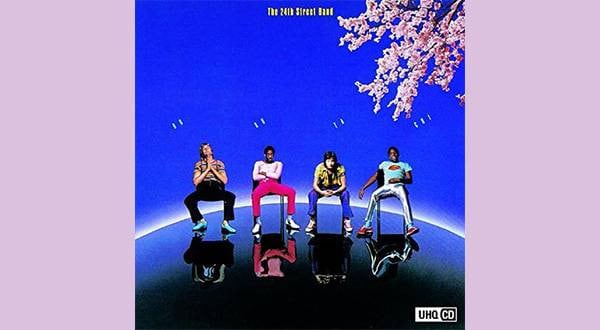
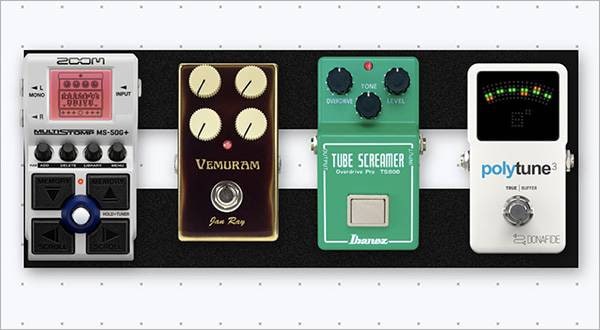
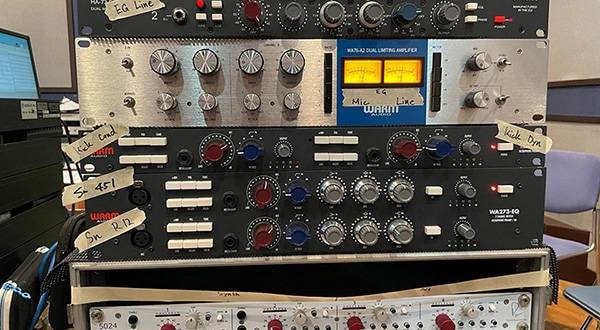
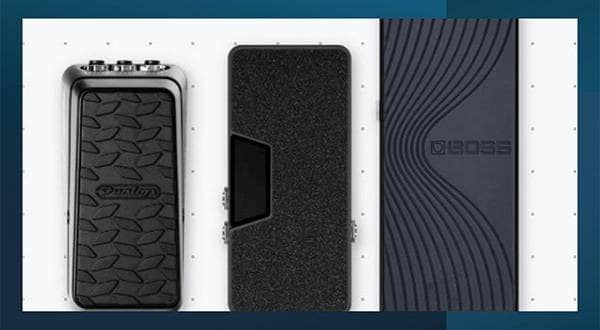
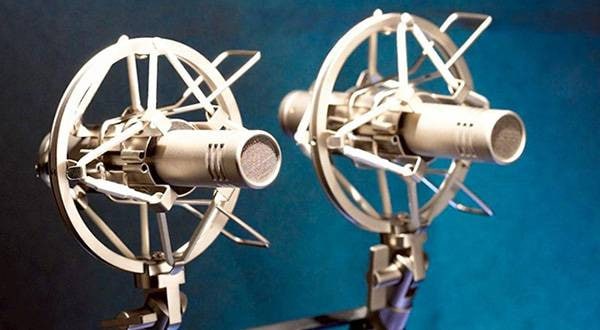
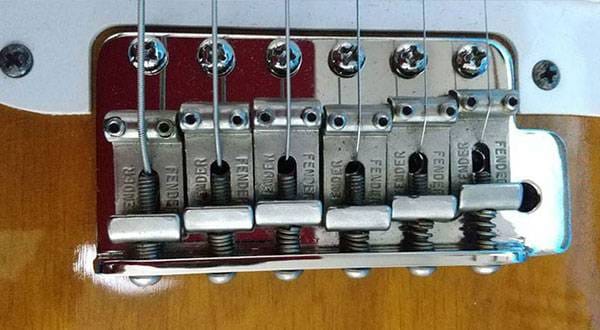





 GOTOH(ゴトー)ギター用ペグ よくある質問まとめ!
GOTOH(ゴトー)ギター用ペグ よくある質問まとめ!
 ピックアップ交換大作戦!
ピックアップ交換大作戦!
 FENDER(フェンダー)ブランドサイト
FENDER(フェンダー)ブランドサイト
 ギター 初心者講座
ギター 初心者講座
 愛されたフェンダーギターたち
愛されたフェンダーギターたち
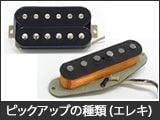 ピックアップの種類(エレキギター)
ピックアップの種類(エレキギター)
